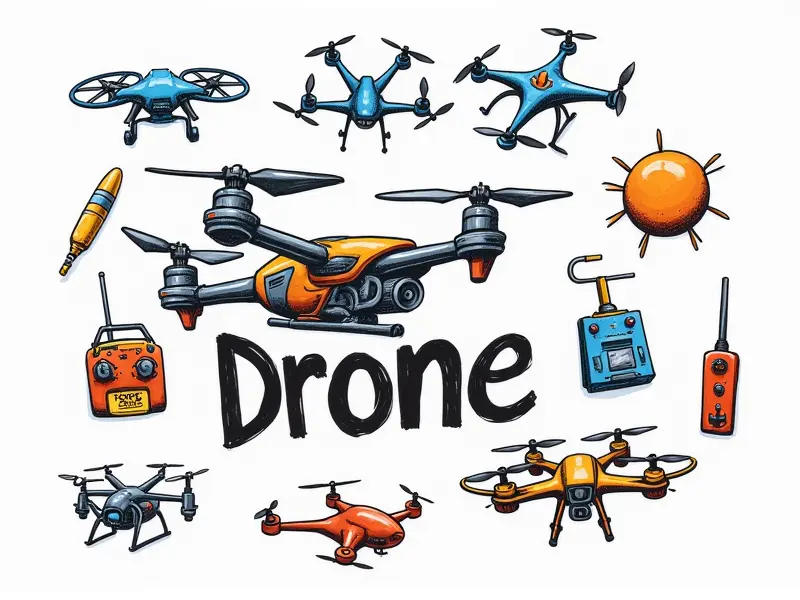Can I fly RC airplanes at night?

Can You Operate RC Aircraft at Night?
Flying remote-controlled (RC) aircraft at night can be an exhilarating experience for enthusiasts looking to extend their hobby beyond daylight hours. However, it is essential to understand the legalities and safety considerations involved in nighttime operations.
Legal to Fly RC Planes After Dark?
The legality of operating RC planes after dark varies significantly depending on your location and the specific regulations set by local aviation authorities. In many regions, flying at night is strictly regulated or prohibited due to concerns over safety and visibility.
Night Flight Challenges for RC Pilots
- Visibility: Reduced light makes it difficult to see the aircraft clearly, especially in unlit areas.
- Obstacle Avoidance: Nighttime increases the risk of collisions with obstacles and other aircraft.
- Safety Risks: Flying at night can pose additional safety risks for both pilots and bystanders.
Regulations for Nighttime RC Plane Flights
In most countries, the Federal Aviation Administration (FAA) or equivalent regulatory bodies have specific guidelines for operating aircraft during nighttime hours. These regulations often include restrictions on flight times, lighting requirements, and operational limitations to ensure safety.
Is Night Flying Safe for RC Models?
- Safety Precautions: Implementing strict safety measures is crucial when flying at night.
- Aircraft Lighting: Equipping your aircraft with appropriate lighting can enhance visibility and reduce risks.
- Pilot Training: Ensuring you are well-trained in nighttime operations is vital for safe flying.
Tips for Flying RC Airplanes at Night
Flying RC planes at night requires careful planning and preparation. Here are some practical tips to help you enjoy your flights safely:
- Choose the Right Location: Opt for well-lit areas or those with minimal obstacles.
- Use Night-Vision Equipment: Consider using night-vision goggles or other aids to improve visibility.
- Coordinate with Local Authorities: Ensure you have permission from local authorities before flying at night.
Best Practices for Night RC Plane Flying
To maximize your enjoyment while minimizing risks, adhere to these best practices:
- Test Your Equipment: Thoroughly test all lighting and communication systems before takeoff.
- Avoid Crowded Areas: Stay clear of populated or busy areas where accidents are more likely.
- Monitor Weather Conditions: Be aware of any adverse weather that could affect visibility or performance.
Secrets of Successful Night RC Flight
Succeeding in night flying involves a combination of skill, preparation, and adherence to safety protocols. Here are some insider tips:
- Practice Regularly: Gain experience through regular daytime flights to build confidence.
- Invest in Quality Lighting: High-quality LED lights can significantly enhance your visibility at night.
- Stay Informed: Keep up-to-date with the latest regulations and safety guidelines from aviation authorities.
How to Enjoy RC Flying in the Dark
Flying RC planes at night can be a unique and thrilling experience. By following these steps, you can ensure that your nighttime flights are both enjoyable and safe:
- Select Suitable Aircraft: Choose models designed for low-light conditions.
- Create a Comfortable Environment: Ensure comfortable seating and adequate lighting in your control area.
- Plan Your Route Carefully: Map out flight paths that avoid obstacles and high-traffic areas.
Safety Tips for Night RC Plane Flying
Safety should always be the top priority when flying at night. Here are some essential safety tips to follow:
- Wear Reflective Clothing: Ensure you and your team can be seen easily by others.
- Carry Emergency Equipment: Have a first aid kit, flashlight, and communication devices readily available.
- Maintain Constant Communication: Keep in touch with other pilots to coordinate and avoid collisions.
Nighttime Flight Regulations for RC Aircraft
To comply with regulations and ensure safe operations, familiarize yourself with the specific rules set forth by your local aviation authority. These may include:
- Flight Time Restrictions: Many areas have strict limits on when you can fly.
- Landing Light Requirements: Some regulations mandate specific lighting configurations for nighttime flights.
- Pilot Certification: Certain jurisdictions may require pilots to obtain special certifications for night flying.
Conclusion
Flying RC aircraft at night can be a thrilling adventure, but it requires thorough preparation and strict adherence to safety guidelines. By understanding the legal requirements, addressing visibility challenges, and implementing best practices, you can enjoy safe and enjoyable nighttime flights. Remember to consult local regulations and seek permission from relevant authorities before embarking on your nighttime adventures.

